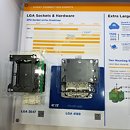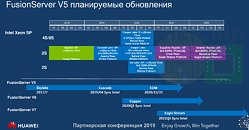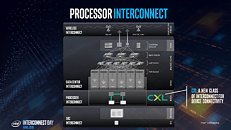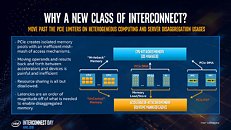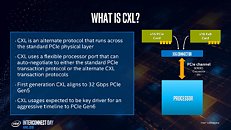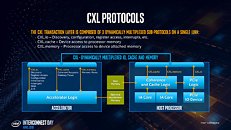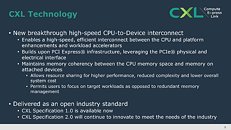
7nm Intel Xe GPUs Codenamed "Ponte Vecchio"
Intel's first Xe GPU built on the company's 7 nm silicon fabrication process will be codenamed "Ponte Vecchio," according to a VideoCardz report. These are not gaming GPUs, but rather compute accelerators designed for exascale computing, which leverage the company's CXL (Compute Express Link) interconnect that has bandwidth comparable to PCIe gen 4.0, but with scalability features slated to come out with future generations of PCIe. Intel is preparing its first enterprise compute platform featuring these accelerators codenamed "Project Aurora," in which the company will exert end-to-end control over not just the hardware stack, but also the software.
"Project Aurora" combines up to six "Ponte Vecchio" Xe accelerators with up to two Xeon multi-core processors based on the 7 nm "Sapphire Rapids" microarchitecture, and OneAPI, a unifying API that lets a single kind of machine code address both the CPU and GPU. With Intel owning the x86 machine architecture, it's likely that Xe GPUs will feature, among other things, the ability to process x86 instructions. The API will be able to push scalar workloads to the CPU, and and the GPU's scalar units, and vector workloads to the GPU's vector-optimized SIMD units. Intel's main pitch to the compute market could be significantly lowered software costs from API and machine-code unification between the CPU and GPU.Image Courtesy: Jan Drewes
"Project Aurora" combines up to six "Ponte Vecchio" Xe accelerators with up to two Xeon multi-core processors based on the 7 nm "Sapphire Rapids" microarchitecture, and OneAPI, a unifying API that lets a single kind of machine code address both the CPU and GPU. With Intel owning the x86 machine architecture, it's likely that Xe GPUs will feature, among other things, the ability to process x86 instructions. The API will be able to push scalar workloads to the CPU, and and the GPU's scalar units, and vector workloads to the GPU's vector-optimized SIMD units. Intel's main pitch to the compute market could be significantly lowered software costs from API and machine-code unification between the CPU and GPU.Image Courtesy: Jan Drewes


